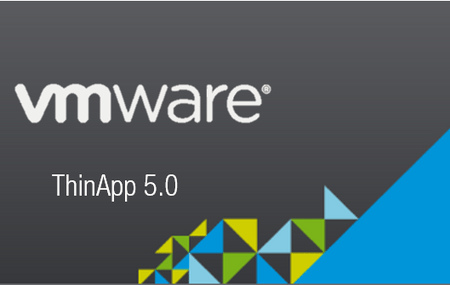

Here is where if the virtual channel between the endpoint and the VM was broken, the communication which passes the fingerprint data back would not function, and result in a broken workflow and a “disconnected fingerprint reader” error message in the VM. The problem I had with the customer was that when using PCoIP, during step #4, where the fingerprint data was being sent back to the VM.


This is how it should look when it is working. In this case, a third party product was required. It should be noted that the 3rd party authentication software isn’t always needed if Imprivata has native support for ProveID actions in their application. The next drawing is specifically about what happens when a ProveID event takes place, where a person needs to prove their identity specifically in this case with biometrics. That process works just fine regardless of the connection protocol. Now, keep in mind, the above flowchart is just the process for getting logged in. Here is a drawing I put together that shows the average logon process with Imprivata integration.

Check out this drawing I made which basically outlines the functionality that it brings from a SSO and Clinical logon workflow perspective. Some of you guys who are VMware junkies may not know what functionality the Imprivata product brings to the table. Now, enough of that tangent.įor this particular client, the Windows XP golden images were set, the pools had been configured, and the Imprivata VDI integration module was integrated and activated. The difference between the great state of Ohio and other states, is that password alone has been deemed by the Ohio Board of Pharmacy not enough security for the ProveID workflow, and that some form of Biometric, Token or other dual-factor authentication is required to ensure that the person is who they say they are. This is ESPECIALLY important when it comes to the authorization of medication. This is because if a nurse or doctor were to leave their workstation unlocked, anyone who could walk up to the workstation could purposefully or accidentally sign a medication order or give a medication, while behaving as someone else. Now, some of you may not know about this ProveID, what is it, and why are we even bothering it? Well, here in the great state of Ohio (and several other states), doctors and nurses are legally required to prove their identity during an EMR (Electronic Medical Record) clinical workflow which results in either the signing of a medication order or the distribution of a medication. I ran into an interesting issue recently during a View deployment for a customer that was making use of VMware View 5.1.1, Imprivata OneSign 4.6 Hotfix 11, and Meditech EMR with Forward Advantage’s Authentication Manager product for ProveID.


 0 kommentar(er)
0 kommentar(er)
